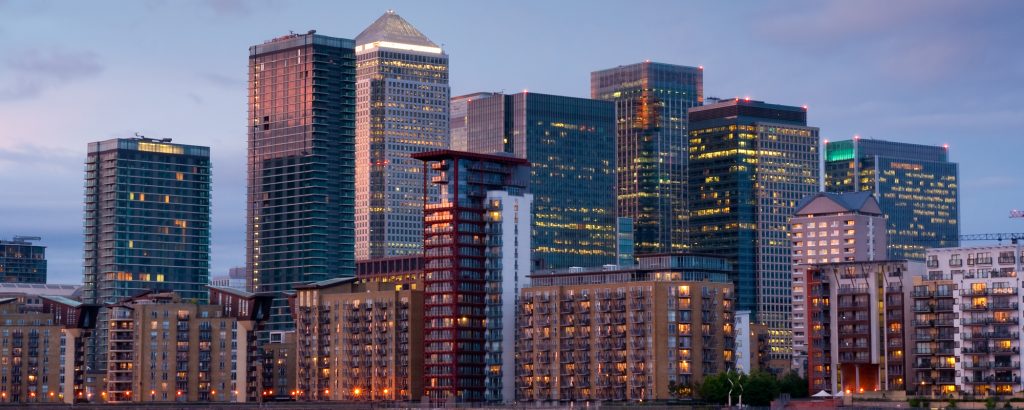
Just as the stamp duty threshold was raised in England and Northern Ireland in response to the coronavirus pandemic, the Land and Buildings Transaction Tax (LBTT) in Scotland has also been temporarily amended. This means that buyers can now purchase properties up to £250,000 instead of £145,000 without having to pay LBTT.
What is Land and Buildings Transaction Tax?
Land and Buildings Transaction Tax (LBTT) was introduced in Scotland as a replacement for Stamp Duty Land Tax (SDLT) on 1st April 2015. This progressive tax is charged when you purchase property or land in Scotland. The amount charged is proportionate to a property’s price with different price bands and rates having been set for home movers, first-time buyers, buy-to-let properties and second/holiday homes.
What are the normal LBTT rates?
Home movers
Standard rates apply for home movers, meaning you’re selling your current home and purchasing a new one. The first £145,000 is exempt from LBTT and then the rates are charged in bands:
- £0–£145,000: 0%
- £145,001–£250,000: 2%
- £250,001–£325,000: 5%
- £325,001–£750,000: 10%
- Above £750,000: 12%
For example, if you purchased a property in Trinity, Edinburgh for £295,000, you would be liable for £4,350 in LBTT. The breakdown for this calculation is:
- 0% tax due for £145,000: £0
- 2% tax due for the next £105,000: £2,100
- 5% tax due for the last £45,000: £2,250
- Total LBTT to be paid: £4,350
First-time buyers
First-time buyers don’t have to pay any LBTT up to £175,000. Even if you are purchasing a property that costs more than this amount, you still benefit from a rate of 0% on the first £175,000:
- £0–£175,000: 0%
- £175,001–£250,000: 2%
- £250,001–£325,000: 5%
- £325,001–£750,000: 10%
- Above £750,000: 12%
Buy-to-let properties and second homes
An ‘additional dwelling supplement’ is payable in Scotland when you purchase a buy-to-let property or a second home. This costs you an extra 4% in addition to the standard rates. Here is a breakdown of the LBTT rates:
- Up to £40,000 (total property price): 0%
- £0–145,000*: 4%
- £145,001–£250,000: 6%
- £250,001–£325,000: 9%
- £325,001–£750,000: 14%
- Above £750,000: 16%
*If the total property price is above £40,000 but below £145,000, 4% is charged.
How are the temporary LBTT rates calculated?
To help boost the property market in this difficult time, the LBTT rates and bands have been temporarily changed, applying to residential property purchases made between 15th July 2020 and 31st March 2021. The normal threshold of £145,000 has increased to £250,000, which provides a lot of financial relief to buyers. These current rates and bands are:
- £0–£250,000: 0%
- £250,001–£325,000: 5%
- £325,001–£750,000: 10%
- Above £750,000: 12%
For buy-to-let properties and second homes, the beneficial temporary rates also apply but the additional 4% surcharge is still payable, making the charges:
- Up to £40,000 (total property price): 0%
- £0–£250,000: 4%
- £250,001–£325,000: 9%
- £325,001–£750,000: 14%
- Above £750,000: 16%
*If the total property price is above £40,000 but below £250,000, 4% is charged.
Good motivation to buy a property
The purpose of this tax break is to encourage more people to buy to help stimulate the flagging housing market. With the nil-rate band having been increased to £250,000, buyers can save thousands on their property purchases.
To get an idea of how much you could save, compare the new LBTT rates for the example purchase we mentioned earlier. As long as you complete the purchase by 31st March 2021, a property in Trinity, Edinburgh at £295,000 now only costs you £2,250 in LBTT. This is a saving of £2,100 compared with the same purchase made before the new rates came into effect.
Talk to the mortgage experts.
Call us on 01322 907 000
or enquire now
Get in touch
Error: Contact form not found.

